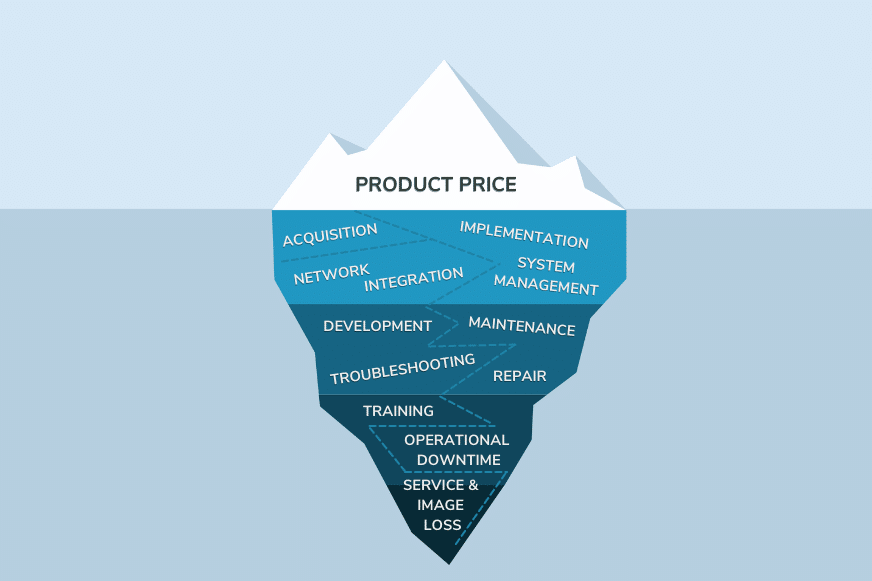Tools & Tips
8 Steps for building a Total Cost of Ownership (TCO) model
Building a Total Cost of Ownership (TCO) model as a supply chain professional involves several steps. Here is a simplified explanation of the process:
1. Identify cost components: Begin by identifying all the cost elements involved in the supply chain. This includes not only the purchase price but also factors like transportation costs, storage expenses, maintenance costs, and any other relevant expenses.
2. Gather data: Collect data related to each cost component. This can involve analyzing invoices, bills, transportation records, and other relevant documents. Ensure you have accurate and comprehensive information for each cost category.
3. Assign cost values: Assign monetary values to each cost component. This means attaching a specific dollar amount to factors like purchase price, transportation costs, and so on. Use actual costs or estimates based on market research and historical data.
4. Calculate total costs: Sum up all the assigned cost values to determine the total cost of ownership. This includes adding up the purchase price and all the other cost components you identified in step 1.
5. Analyze cost drivers: Identify the factors that drive the costs in your TCO model. For example, if transportation costs are significant, determine the key variables affecting those costs, such as distance, mode of transport, or fuel type. Understanding cost drivers helps you identify areas for potential cost reduction.
6. Compare alternatives: Assess different supply chain options or scenarios. For example, evaluate the costs associated with using different suppliers, transportation methods, or inventory management strategies. Compare the TCO values for each alternative to determine the most cost-effective approach.
7. Consider qualitative factors: While TCO focuses on costs, it’s also essential to consider qualitative factors such as supplier reliability, product quality, and customer satisfaction. These factors may impact the overall value and performance of the supply chain beyond monetary considerations.
8. Review and refine: Regularly review and refine your TCO model as new data becomes available or market conditions change. Update cost values and reassess cost drivers to ensure your TCO model remains accurate and relevant.
Want to learn more? Attend our Managing Total Cost of Ownership – TCO (1 Day) course.

